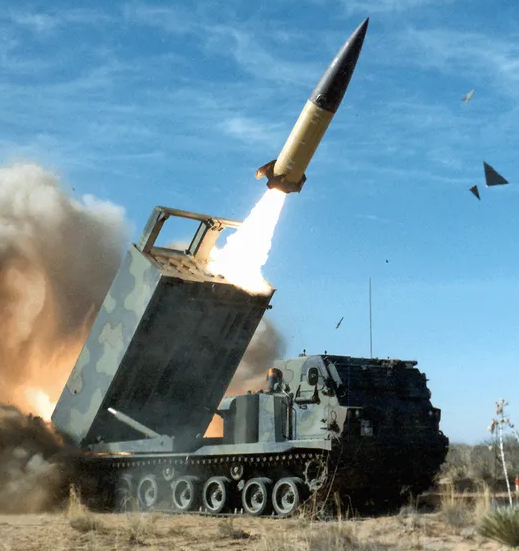

I have not personally experienced a dropout with a SMR drive. That is from the reporting I saw when WD was shipping out SMR drives in their Red (NAS) lineup and people were having all kinds of issues with them. According to the article (below), it sounds like ZFS has the worst time with them. WD also lost a class action suit over marketing these as NAS drives, while failing to disclose they were SMR drives (which don’t work well in a NAS).
We want to be very clear: we agree with Seagate’s Greg Belloni, who stated on the company’s behalf that they “do not recommend SMR for NAS applications.” At absolute best, SMR disks underperform significantly in comparison to CMR disks; at their worst, they can fall flat on their face so badly that they may be mistakenly detected as failed hardware. Source
Pentium D processors are pretty power hungry, so factor that into your thoughts. Also make sure you put a modern OS on it that is getting security updates. It probably has Win XP or Vista installed which isn’t safe to connect to any network.
It should work fine as a router as long as you don’t enable any of the packet inspection features. For basic routing and firewalling for a home network it should be plenty powerful. I would personally put a small SATA SSD in it as the main drive and ditch the 90GB HDD.
As an additional idea, if you put a larger SATA drive or two into it you could make it a NAS.